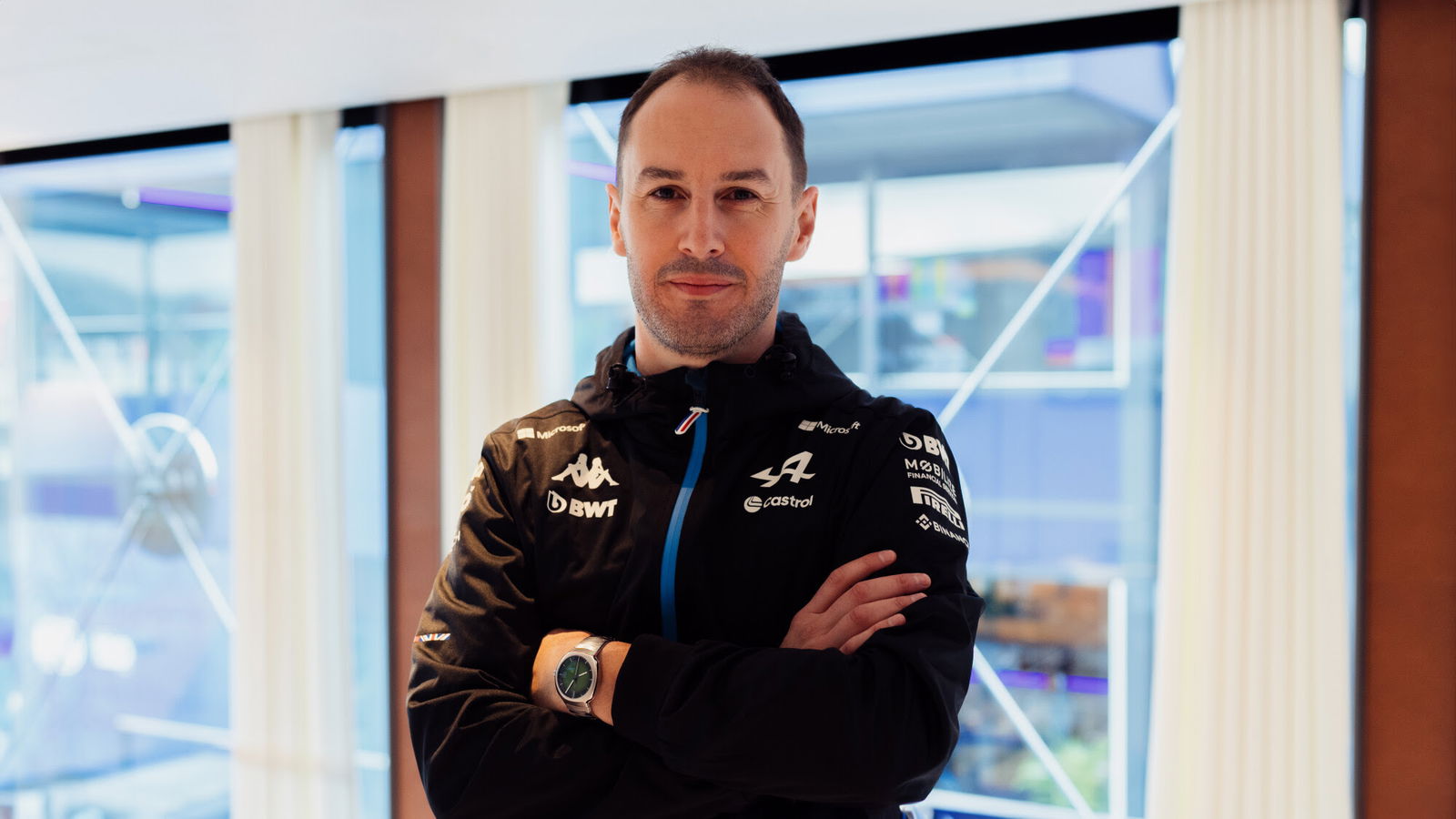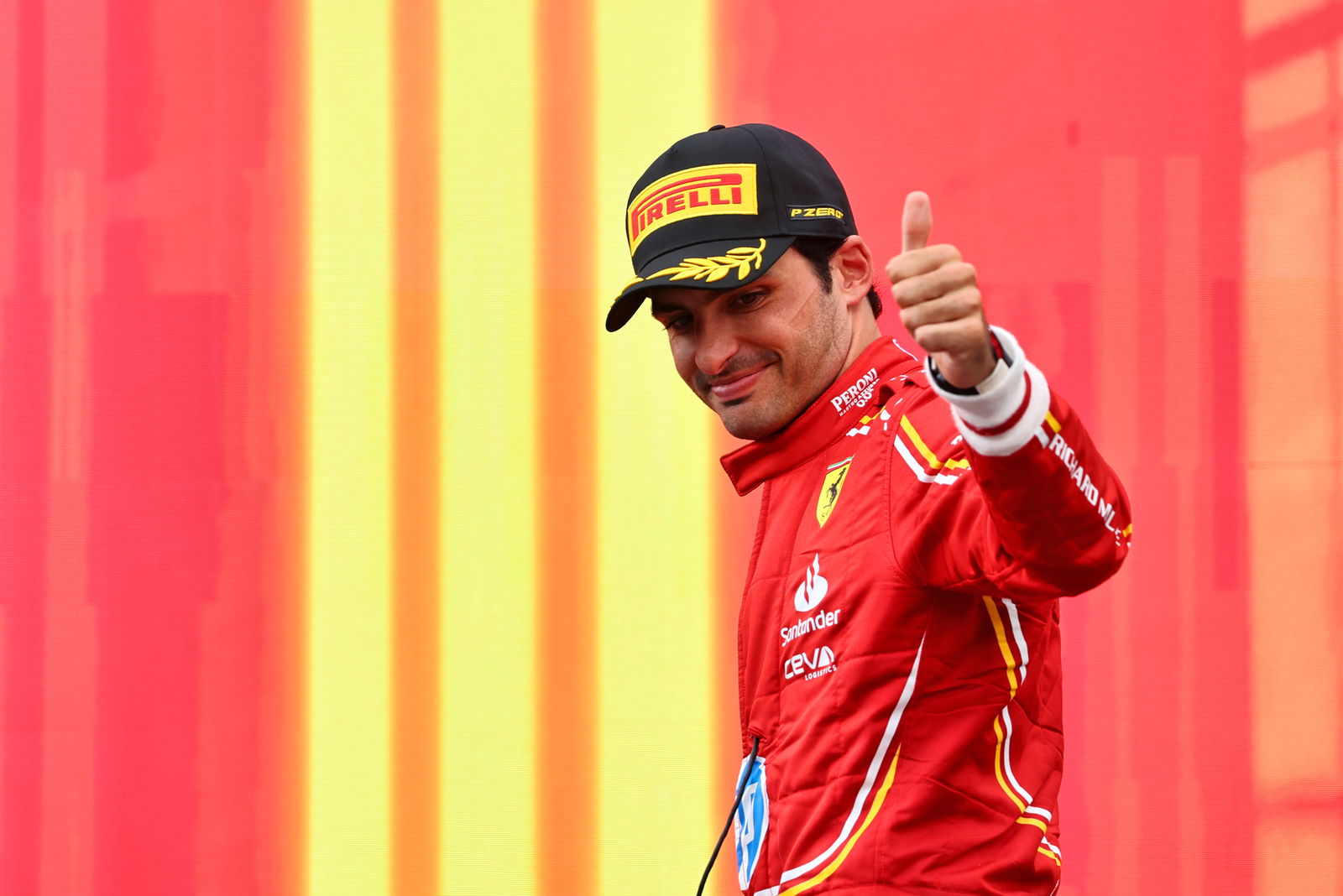Mercedes reveal early findings that led to George Russell’s disqualification
Mercedes explain some of the factors behind George Russell's DSQ in Belgium.

Mercedes have revealed their initial findings which they believe led to George Russell’s disqualification at the F1 Belgian Grand Prix.
Russell led home teammate Lewis Hamilton for a Mercedes 1-2 in Sunday’s race at Spa-Francorchamps but was stripped of victory when his W15 was found to be 1.5 kilograms underweight following the FIA’s standard post-race checks.
Mercedes have now established some of the causes that played a factor in Russell’s DSQ, including higher-than-expected plank wear.
“It was obviously very disappointing and unfortunate, particularly after he had driven such a strong race to win from so far back,” Mercedes trackside engineering director Andrew Shovlin said in the team’s latest post-race debrief video.
“We are trying to understand exactly what happened. A lot of that involves us getting the weights of all the different components. The car can lose quite a lot of weight during the race. You get tyre wear, plank wear, brake wear, oil consumption. The driver themselves can lose a lot, and in this particular race George lost quite a bit of weight.
“The cars started the race the same weight. Lewis and George were both weighed after qualifying. The cars were within 500 grams.
“George's car was the only one that had the problem, and it is because things like the tyre wear was much higher. It looks like we lost more material on the plank.
“We will collect all that data though, look at how we can refine our processes because clearly, we do not want that to happen in the future.”
Mercedes insist the weight loss would have had a minimal impact in terms of boosting Russell’s performance.
“In terms of pace at the start of the race it is nil because George's car and Lewis' car start the race at the same weight,” Shovlin added.
“Obviously, as George's car was losing weight faster than Lewis' throughout the race, there is an associated gain with that.
“But you are into the hundredths of a second per lap. It will be very small because when you are talking about amounts like one or two kilos, they do not amount to a lot of lap time.”


